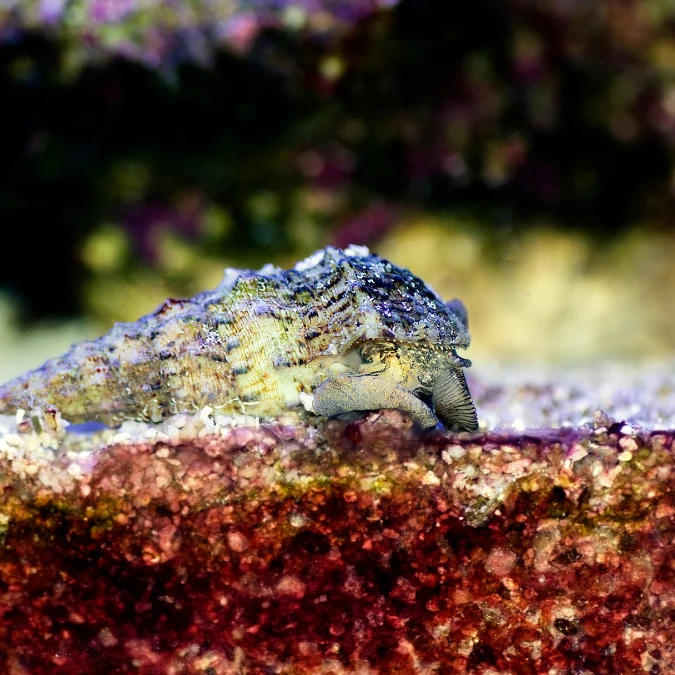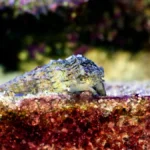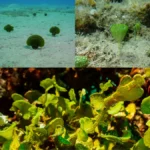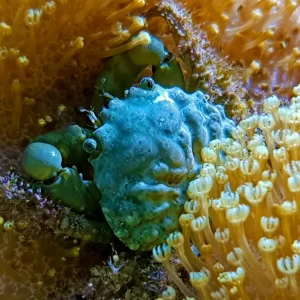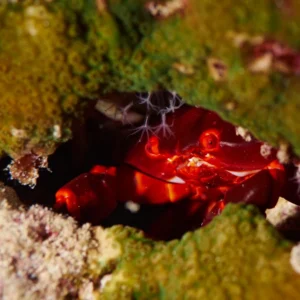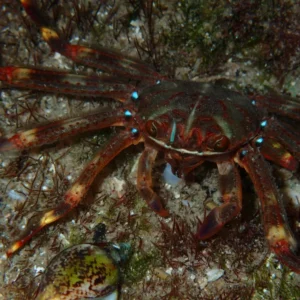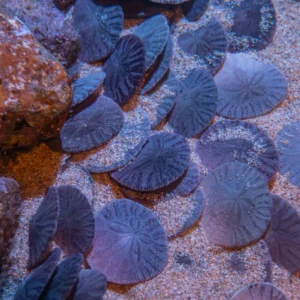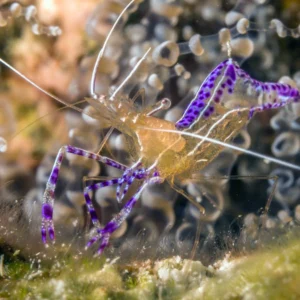Dwarf Cerith Snail, Black Shelled (Cerithium sp.)
$4.99 – $40.00
These Dwarf Cerith Snails are perfect for nano tanks and make hardy and effective cleaners. These omnivores feed on various substances, including detritus and hair algae, and are mostly active at night. Their burrowing behavior is beneficial for mixing and oxygenating the sand bed. A key feature of Cerith Snails is their ability to clean algae from tank walls near the substrate, and their small size enables them to maneuver through tight spaces in the rockwork. They are also noted for their long lifespan in captivity.
These snails offer several benefits: they are easy to care for, resilient, and tend to have a longer life, showing a robust tolerance to changes in aquarium conditions, such as salinity shifts. Being completely safe for reefs, they do not harm beneficial organisms.
Their burrowing is advantageous for stirring and aerating the aquarium substrate, and they are particularly skilled at cleaning the bottom of the tank. Cerith Snails effectively remove particulate matter from the sand bed and are adept at controlling nuisance algae, including hair algae, and can even help in reducing cyanobacteria.
Description
Scientific Name
Cerithium atratum
Specifications
| Origin | Caribbean |
|---|---|
| Max Size | 1″ |
| Family | Cerithium sp. |
| Provider | Keys Marine Life Direct |

